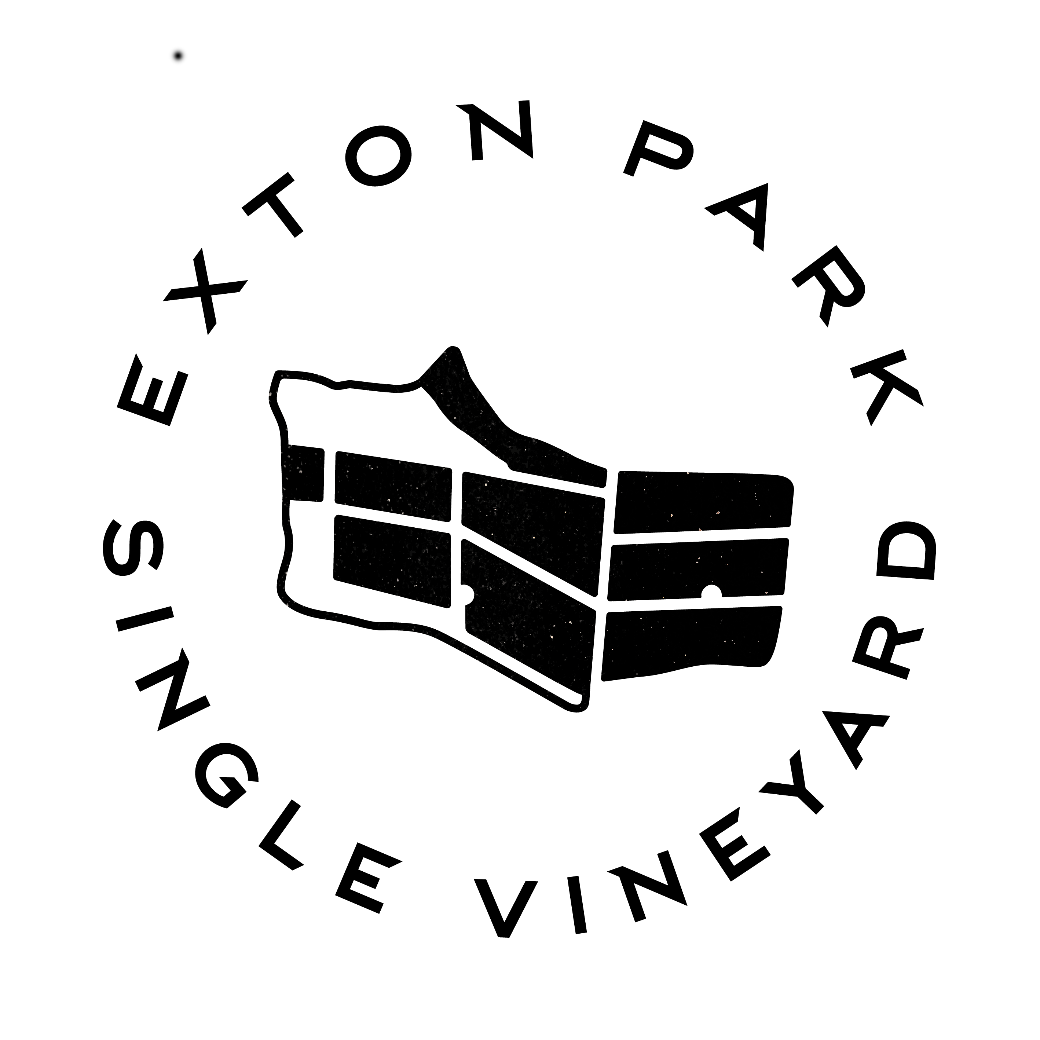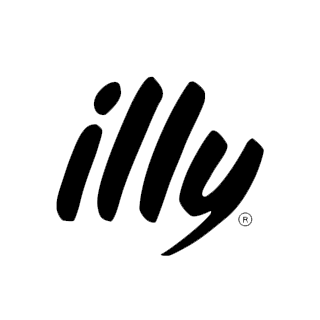POLARISATION OF WINE
“In the latest Cesium Group Thought Leadership event, wine industry influencers gathered to discuss the polarisation of mass-market and fine wines in the UK.”
 L-R: Anna Chilton, Ranulf Sessions, Andrew Bewes, Paul Haslam, Troy Christensen, Bill Roberts, Jason Busby, Mike Laing, James Leacy
L-R: Anna Chilton, Ranulf Sessions, Andrew Bewes, Paul Haslam, Troy Christensen, Bill Roberts, Jason Busby, Mike Laing, James LeacyIt’s one thing simply recognising a trend; it’s another thing being able to understand where it came from, and why it came about.
It is just this task that our group of wine industry leaders set about achieving as they discussed where the trend towards polarisation in the wine market originated; what it looks like currently; and how the trend may evolve in the future as the wine industry moves towards premiumisation and tries to capture the middle ground.
 Defining the problem
Defining the problem
As a starter point, we wanted to gain an understanding of what the participants believe polarisation to be.
One of the attendees painted a helpful image that met with agreement by the rest of the panel: “I think the rungs on the metaphorical ladder vary in depth and length – in the beginning of the ladder the rungs are easy, little steps.
“As you go to the premium, fine-wine area – that’s where it becomes larger, and the rungs become wider and more inconsistent. Then people don’t know if they can tread onto the next level with confidence.”
It’s important to talk about the dividing lines between categories too, and our participants didn’t shy away from the topic. They did, however, show how difficult it is to pin down some black-and-white divisions.
“Fine wine for one person is close to entry-level for another party on the distribution line. It depends how you define it,” one said.
“At what point does £12 escalate into £25 or £30 and become fine wine?” asked another. “Some talk about £30 being everyday drinking as opposed to someone that says £5.”
After the problem of polarisation itself was accurately identified, our panellists then moved on to discussing the reasons behind the phenomenon.
Is it all down to that famous phrase: ‘Education, education, education’? Our panel seemed to be unanimous in agreement that it was.
“It comes down to the confidence of the consumer to trade up, but that comes from education,” one attendee said.
But interestingly, it isn’t just down to the wine brands to lead the charge for education. It’s a regional concern, a varietal concern, a retailer and a general trade concern.
“I believe that the brands are not just the ones that we are mentioning now, the Concha y Toros and so on, but Pinot Grigio is a brand, Malbec is a brand,” is how one attendee put it.
“So people who are confident have chosen by variety for example, or region, but two brands of Malbec taste completely different, and the question is how do we get that point across, because it is a confusing sector.”
 Rise of the discounters
Rise of the discounters
When it comes to the major retailers, they are going through a process of SKU consolidation and are battling the discounters’ gaining market share to the extent that encouraging their customers to trade up may not be a priority.
“The discounters are growing in general and they seem to be driving people up the value chain,” one participant said.
“The issue is that you get a wine consumer, and their basket is 150% more valuable than one without wine,” said another, showing the importance of getting the value-minded consumer through the door in the first place.
“And again, this is where the Aldis and Lidls are coming in – they pick up their wine consumer. They’re not making a tonne of money out of ice wine, for example, but they just made a tonne of money out of cheese and chutney, and everything else that they sold with that interesting product.”
“It’s not just about selling wine, it’s selling everything else, it’s the food, it’s the value that the retailer gets,” agreed another. “By reducing the shelf space, by reducing the impulse selection, reducing and simplifying their cost in the back office, they make more money.”
Own-label ‘confusion’
“Confusion comes in with the big supermarkets’ own-labels,” one guest punted. “There has been a 55% increase in four years in supermarkets selling under their own label.”
But how has this own-label domination come about, and what impact is it having in terms of polarisation in the wine category?
“It’s interesting that five years ago you had the big-branded guys doing great stuff, investing in the category, building brands, engaging consumers, which is great, and then you had this interesting group of people trying everything they could to come up with the next pipeline, the incubator, the innovation that was going to come about, and then the retailer said: ‘You know what, there’s margin there, and if we could just go direct, I can pull the margin down’.
“There is margin for ideas, for thoughts, for innovation, for incubation, but when that is pushed down to the supply chain the message is lost by the time it gets to point of purchase.”
Responding to this version of events, another contributor took the reins of the conversation, saying that if big retailers are bypassing brands, then brands have to respond in kind: “Not to be too controversial, but that’s why wine brands have to talk to the consumer.
“You have to have a digital platform or social media platform that bypasses the retailer and talks directly with the consumer, and engages with the consumer and creates loyalty.”
Train up the on-trade
There was also time to talk about that all-important side of the business: the on-trade.
Some of our participants said that where wine brands that focus on the off-trade tend to keep an eye on value sales, on-trade specialists are on the whole concerned with shifting big volumes.
But again, the perennial education problem plagues the on-trade, arguably even more so than in shops, as social embarrassment rears its ugly head.
“We interviewed 10,000 people as part of research into this,” said one panellist. “We had our marketing segmentation under our different consumer groups and we had a wine list, separated by country of origin with just the name. Then they separated the wine list by descriptive wine taste profiles and in every category, they asked the consumer ‘What would you select?’”
“In one group, the engaged explorers – 23% of the wine consumers – were five times more likely to order a beer and not a wine, because they were worried – there was an embarrassment factor.
“This was almost a quarter of the wine-consuming public in the UK being given a wine list with no descriptions that would have preferred to order something else because they’re worried about failure.”
Another participant agreed entirely, and gave an example as to the positive effect of even the most basic attempts to educate on-trade staff.
“We’ve gone to a number of our on-trade accounts and the majority of them are focussed on beer. However, plenty of them are aware that wine helps to bring in better-paying consumers.
“So we helped organise a small amount of training for bar staff and one reported that his wine sales have since gone up by 15%. We migrated everything up with a bit of basic training.”
And it’s just this kind of basic staff/consumer training, being instigated by social media-savvy big brands, conscious distributors and attractive discounters that may just reverse the polarisation that is currently present in the British wine trade.
















